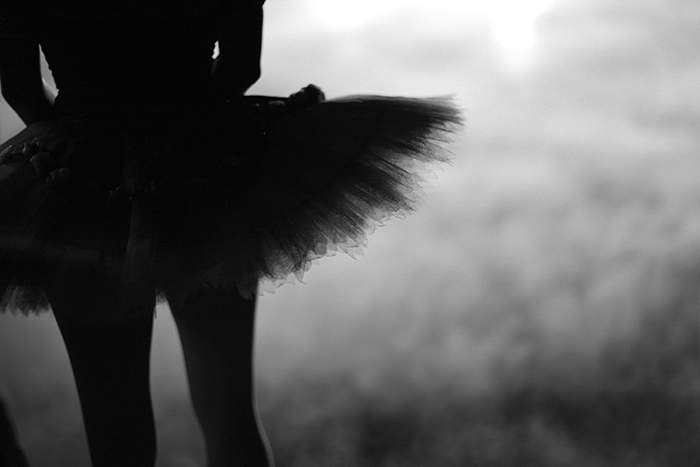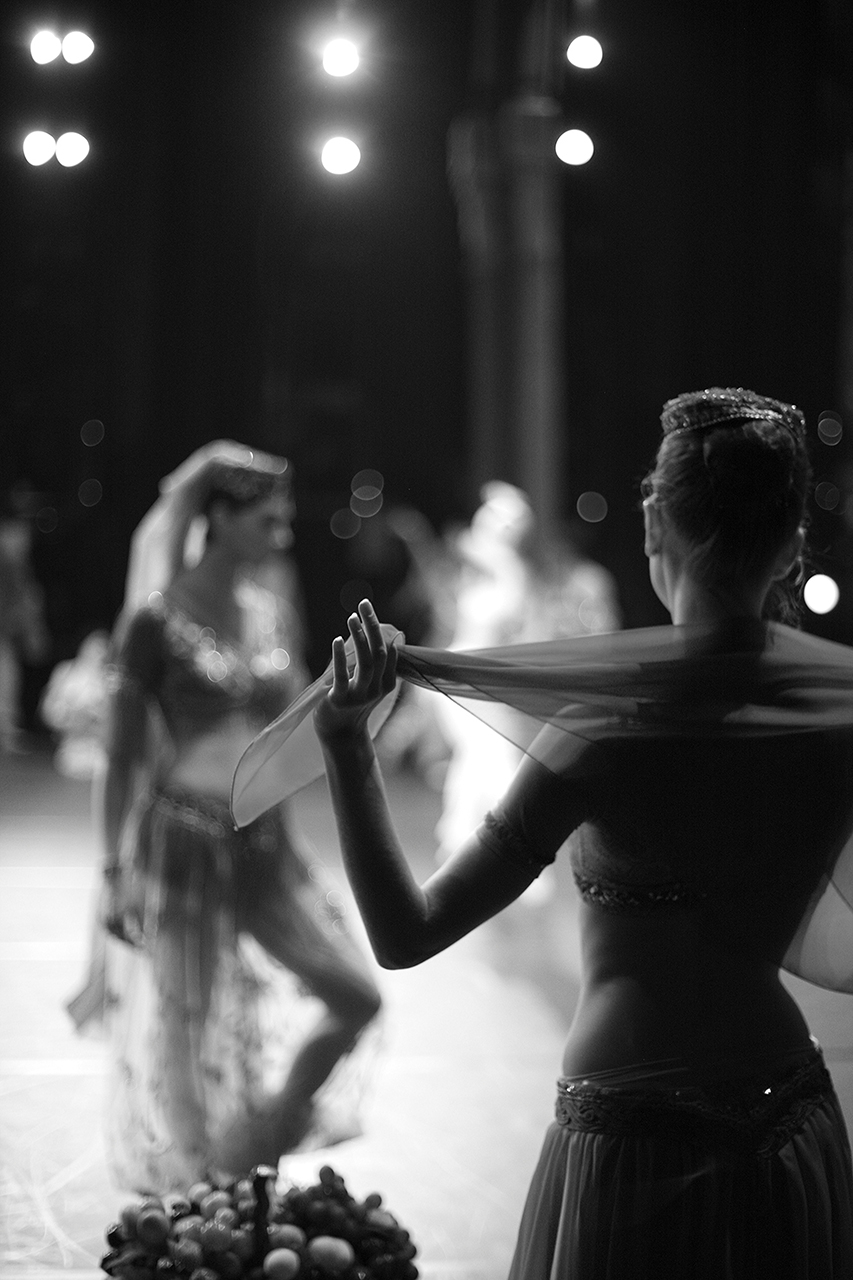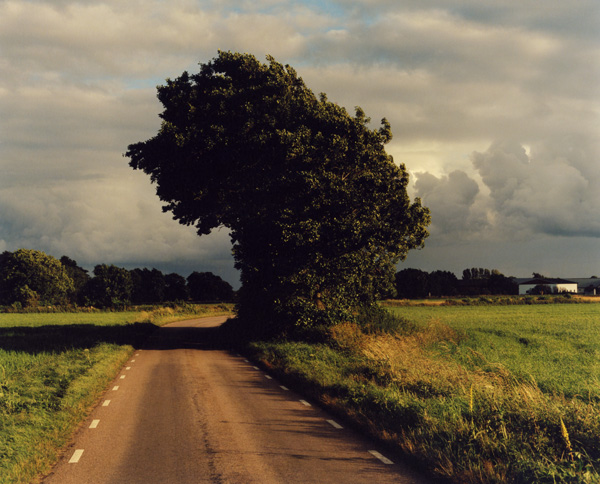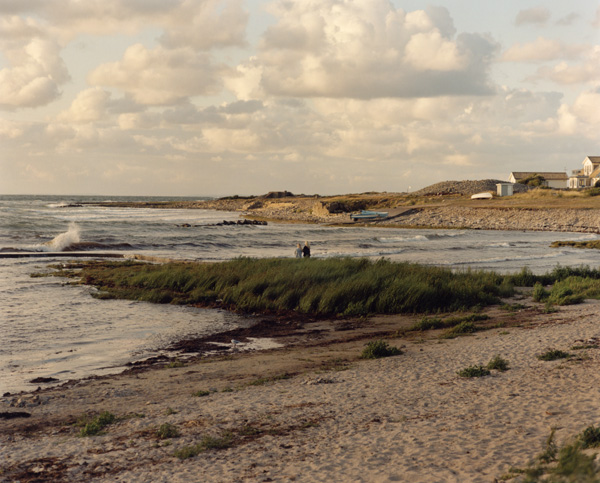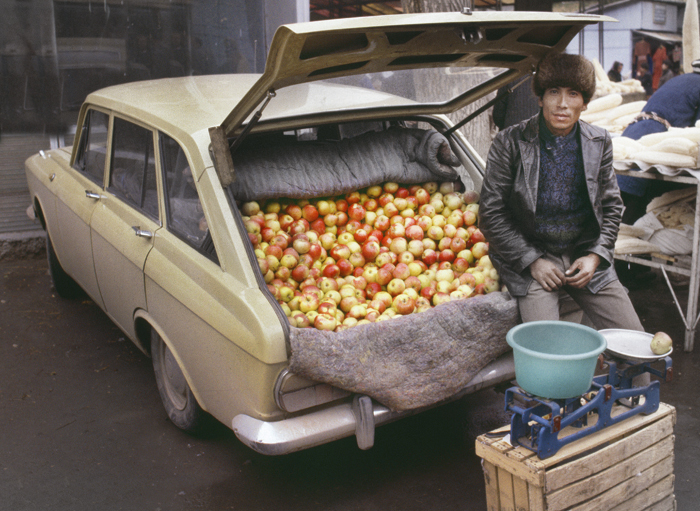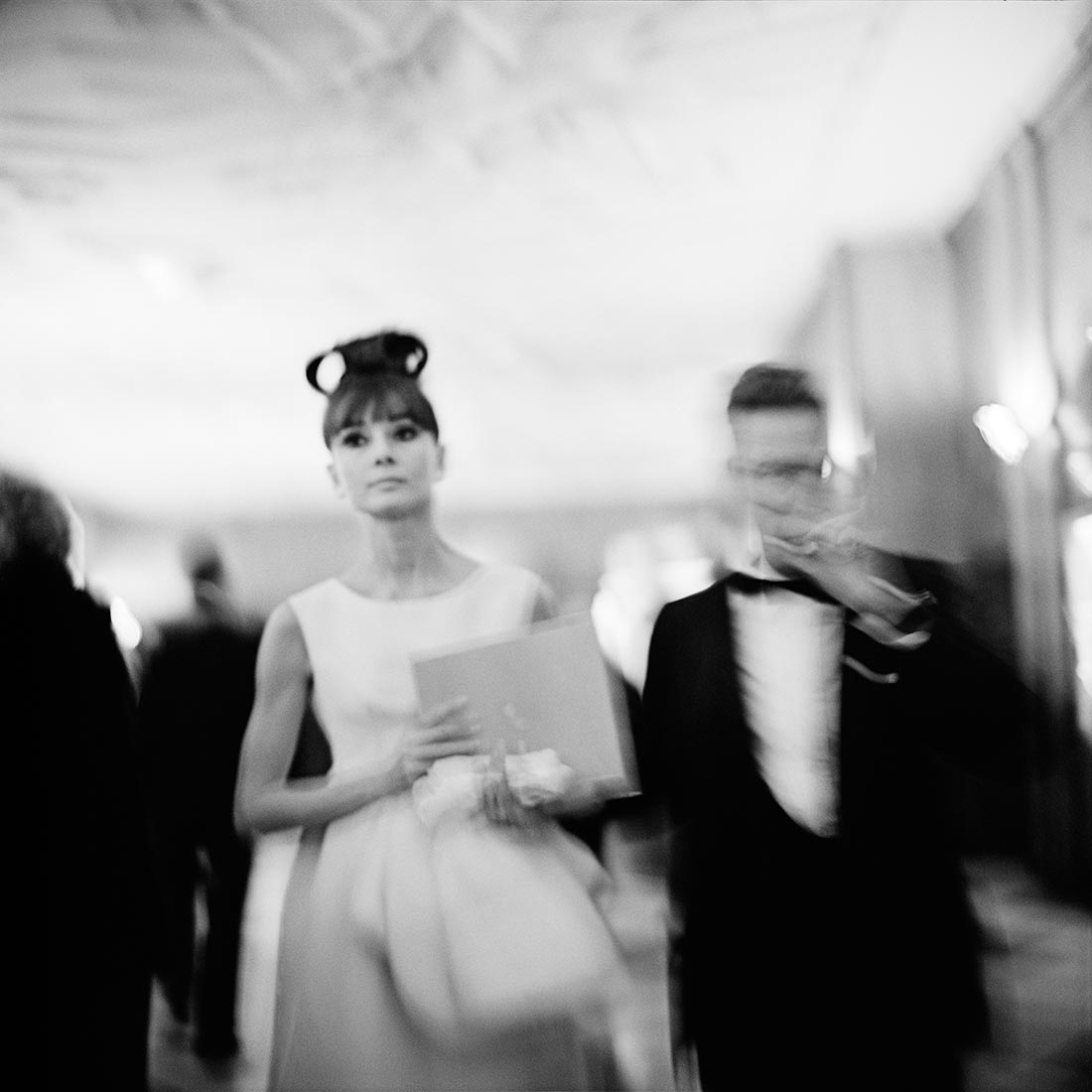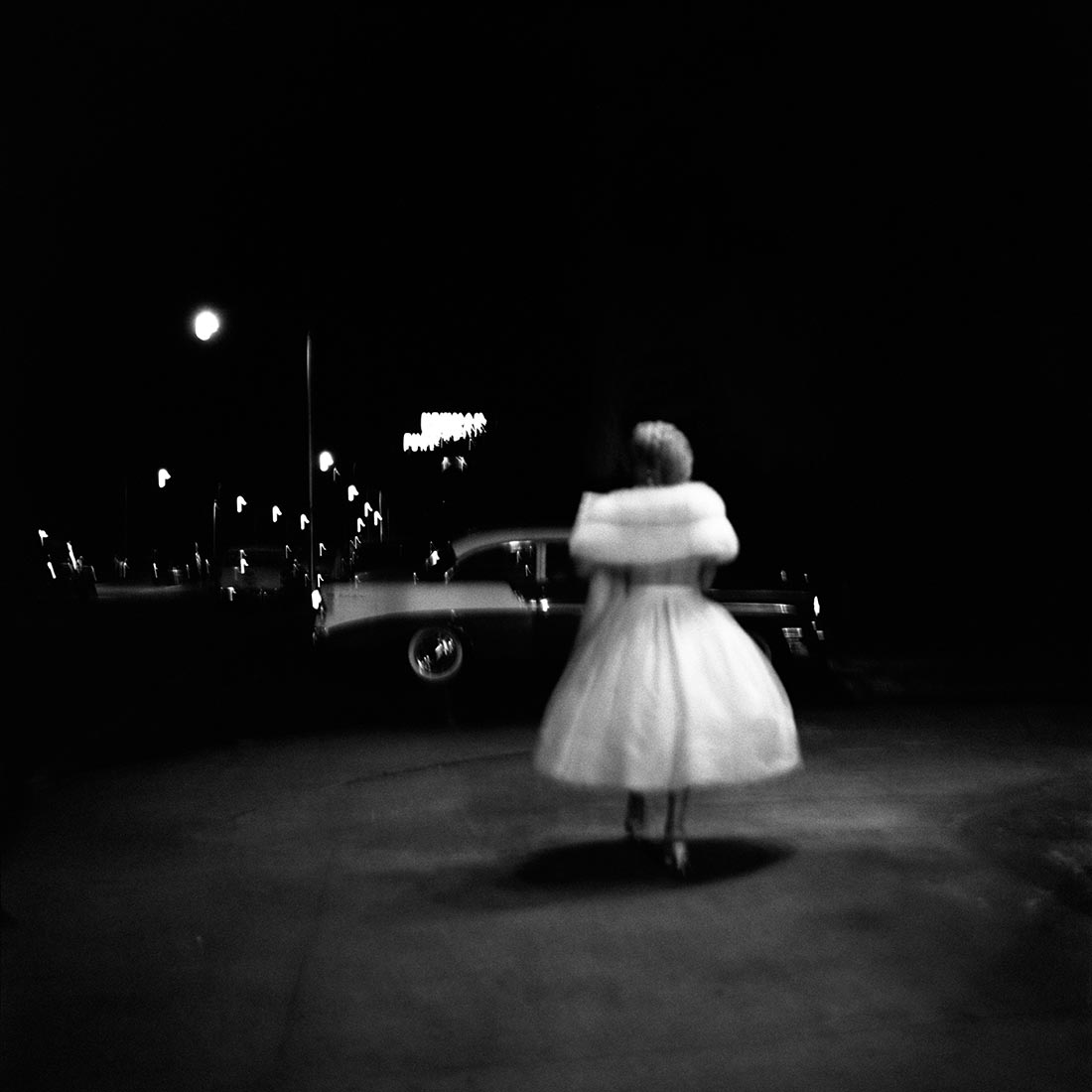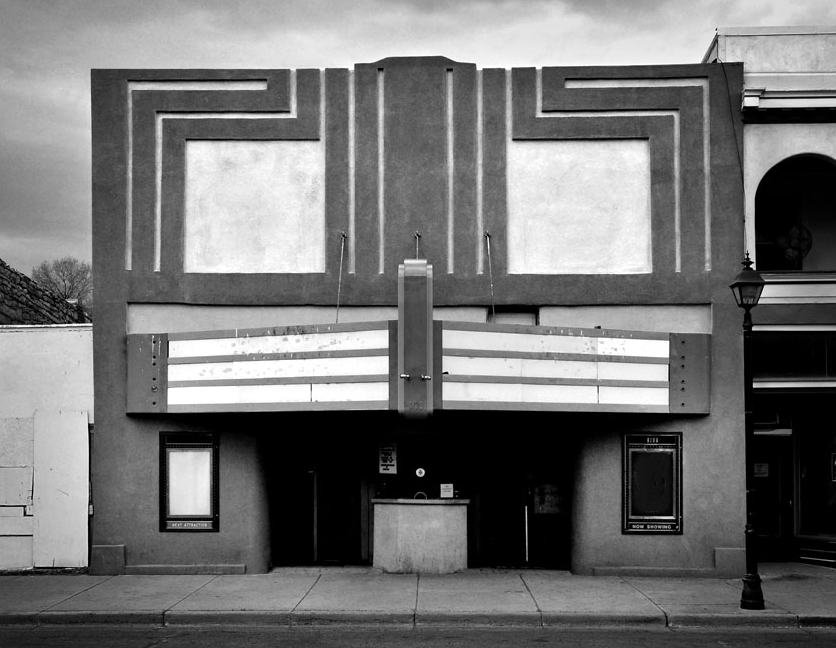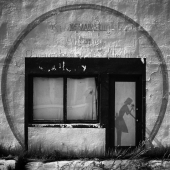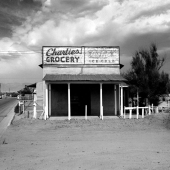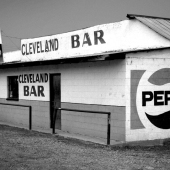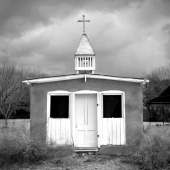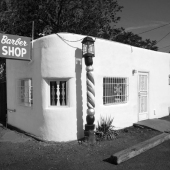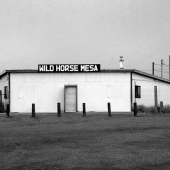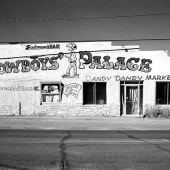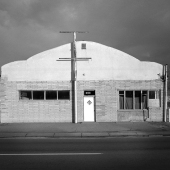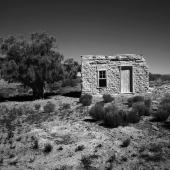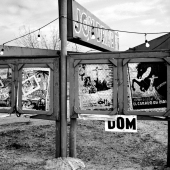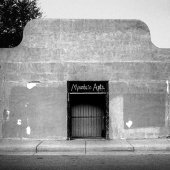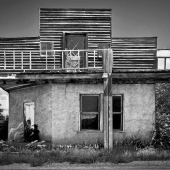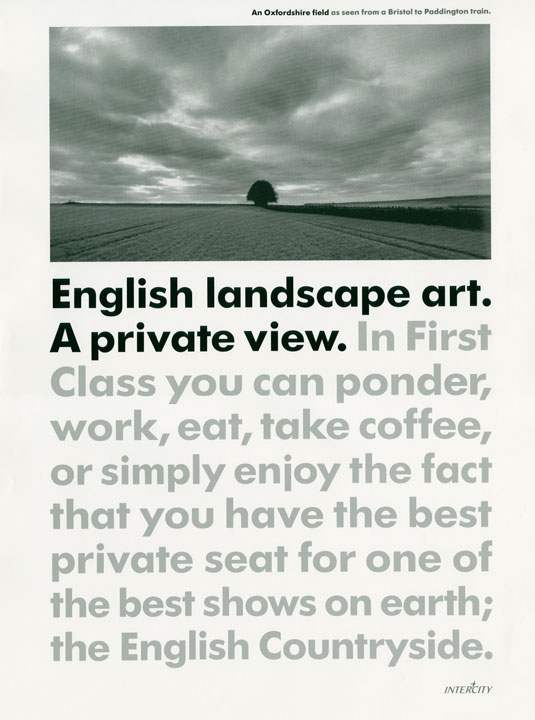
This 1990 Intercity ad is one of the smartest, most beautiful print ads ever imagined and published. In D&AD: The Copy Book, its copywriter James Lowther talks about the challenges of writing the ads in this campaign.
When I did the Intercity press ads, Alex Taylor’s brilliant layout was done in such a way that meant not only that every ad had just nine lines of copy but also every line had to have between 20-24 letters. I did also point out that Shakespeare did not labour under such typographical tyranny, but I gave it a go.
It was incredibly hard work and took twice as long as a long piece of copy. But it was worth it.
In the updated 2011 version of D&AD: The Copy Book, Lowther writes an addendum to his original entry on the art of copywriting in the 1995 edition of the book.
10. Addendum
Since I first wrote the above, something has happened. People don’t seem to care much about copy.
Teams often don’t say which one is the copywriter. That’s great if it means both can write. Not so great if neither can.
Words are important. Someone’s got to care about them. Spell them right. Craft them into sentences. And get them set in a way that shows you want people to read them. Not just to fill in a space at the bottom of the ad.
Want to be a copywriter? Well you could do worse than learn to write copy.
Yes, yes and yes.





